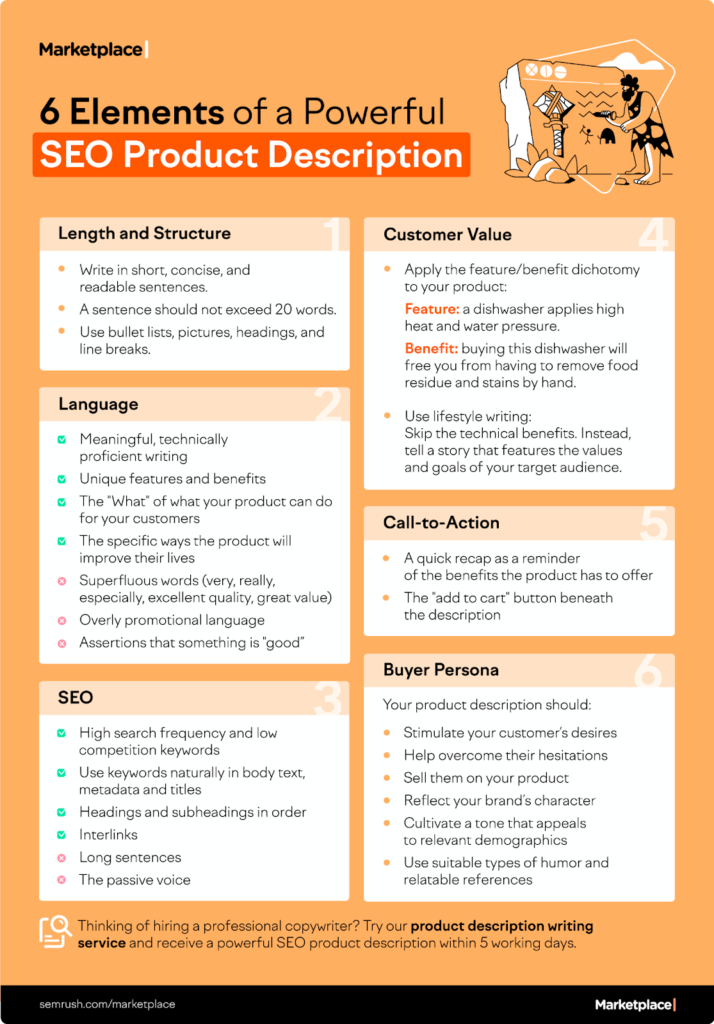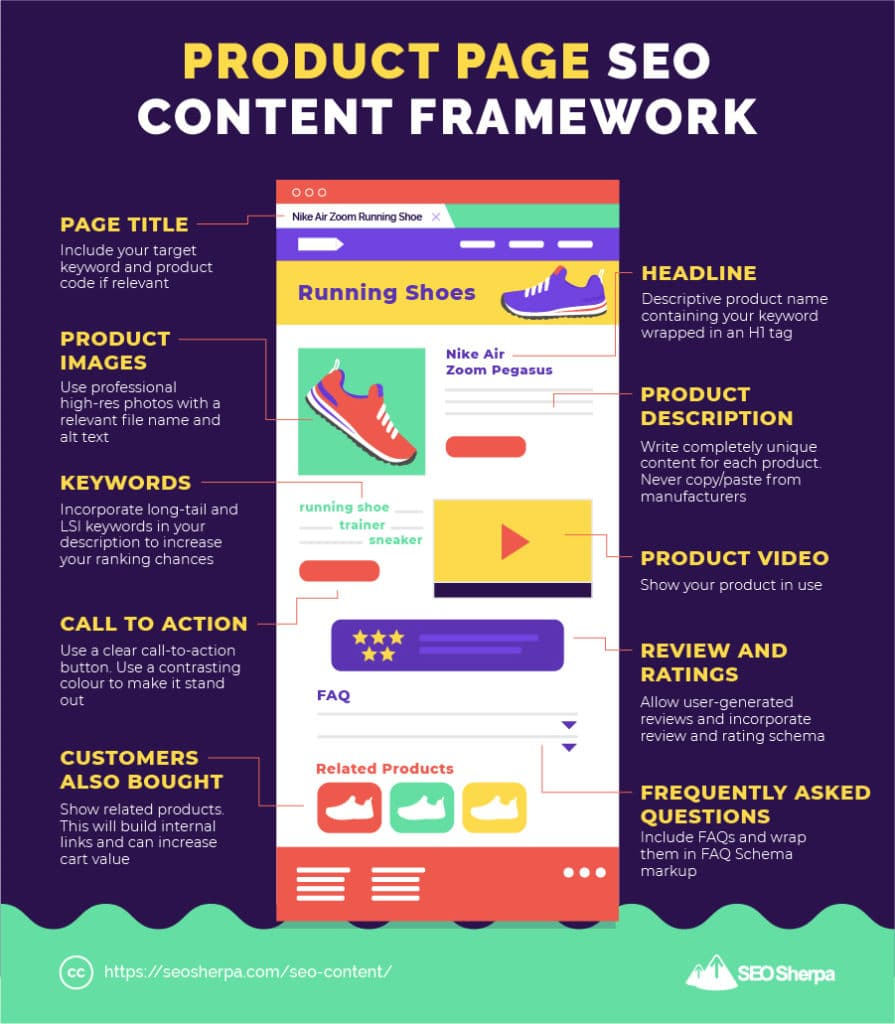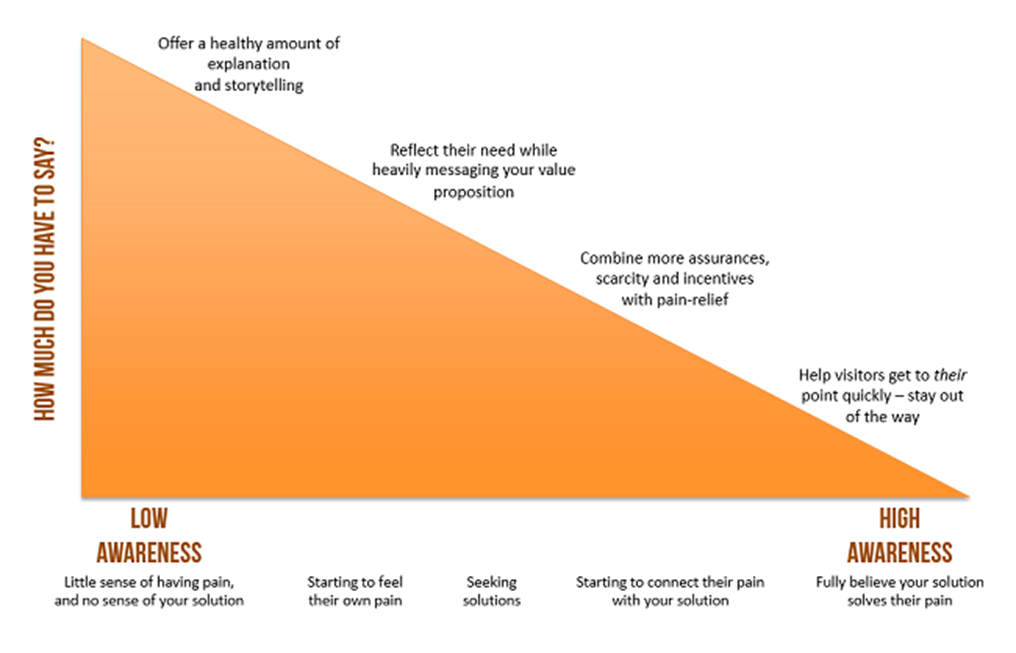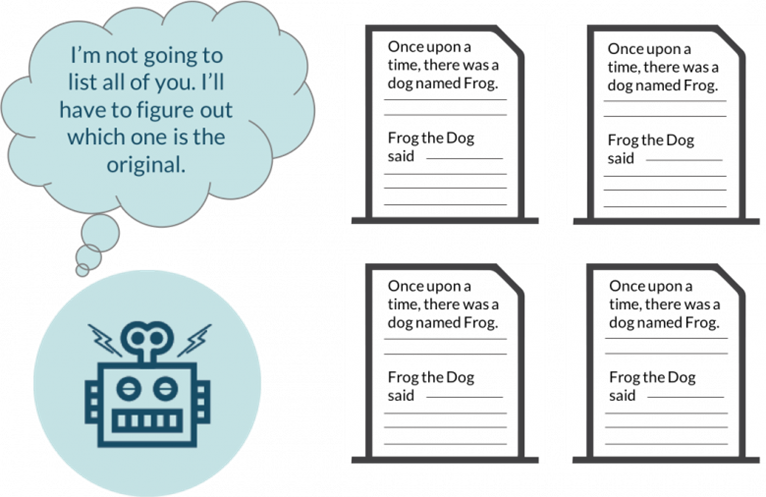Product Description Optimization: Tips, Tricks, and Examples

Today, most customers look online to research a product and explore their buying options before making a purchase, either online or from a physical retail store. Thus, businesses need to be visible to customers since they cannot buy your products if they don’t find them.
If you are not in the top search results, your online presence is inconsequential to the customers. Naturally, with so many businesses offering similar products and services, the fight to remain among the top search results is significant.
Product description optimization is an effective way to achieve this. It makes your product stand out among a host of other options. Unique product descriptions written creatively can appeal more to the customers, leading to higher organic traffic to your website and are more likely to convert to an actual sale.

More importantly, carefully drafted product descriptions offer SEO benefits that can keep your business in plain sight of the customers by remaining in the top search results.
However, writing SEO-optimized product descriptions is easier said than done. As you start writing it, many doubts and questions begin to arise. Some of them are:
- What should the length of your product description ideally be?
- Which keywords should you incorporate?
- How often and where should you place the keywords to be effective?
- Who should you write for, the bots or people?
These are just a few of the many doubts that might arise. But, don’t worry! We will share with you some of the best tips for product description optimization in this article.

Product Description Optimization Best Practices
Writing optimized product descriptions can be a little overwhelming, particularly if you are a beginner. To make your task a little less confusing and easier, we have listed some of the best practices to be followed below. These practices will answer most of the common doubts you encounter while writing optimized product descriptions.
- Target buyers, not bots
Remember that any content should be written for good SEO keeping in mind the people and not the search engine web crawlers. Gone are the days when you could fool the search engines by incorporating keywords needlessly to rank higher. The search engines have become far smarter now. With their updated algorithms, they can easily recognize good and relevant content since they now focus on the usability of the content for the users more than anything else.
So, when writing product descriptions, ensure that your content helps people find what they are looking for. Ask yourself if the description informs, enlightens, or helps the buyers in any way to make a purchase decision. If you make your content relevant and useful for the buyers, it will automatically rank well in the long term. This will bring in new customers and more sales for your business.
Before writing product descriptions, you should be convinced about the product’s utility. You should know every minute detail about it. You will not include all these small details in the description, but it will help you develop a holistic explanation of why your product is the best and how it differs from other similar products. You write well when you understand well.

The better your understanding of the product, the better you will be able to convey your message with more clarity and simplicity to the buyers. Merely mentioning the features will not convince the buyers of your product’s worth.

The above example gives a very vague description of a product, highlighting its features. It tells you about the materials the winter boots are made of but does not inform how they will make your life easy, other than imparting “lasting traction and wear.”
A well-written description can include information like whether these boots can withstand harsh winters or are they waterproof. An example of a benefits-driven description is given below. As you can see, this description provides a clear picture to the buyers of what it would be like to wear these boots.

Therefore, remember that all buyers care about is the value and ease a product can bring to their lives and not its features. Product features are impersonal, highlighting what a product looks like or how it works. Whereas benefits inform how exactly a product will improve the user’s life.
- Use persuasive language
Since the end goal of the product description is to drive sales, the language should be able to draw users’ attention and be persuasive enough to lead them into action. Words such as quick, hurry, remarkable, magic, etc., can encourage them to make the purchase if they are almost convinced enough to buy the product.
Words do have the power to change anyone’s mind if they are convincing and logical. If your product is expensive, convince them with reasons that it’s worth the price.
- Target the right keywords
Keywords play a significant role in SEO as they help search engines understand your content and display it before the people looking for product information online. However, as simple as it may sound, identifying the right keywords and placing them at the right places on your page requires a lot of work.
Fortunately, some great keyword tools are available, such as SEMrush, KWFinder, and Moz Keyword Explorer. These tools help you narrow down the right keywords and phrases and give significant data such as the search volume of a specific keyword, related terms to that keyword—which can be used as a substitute—and keyword difficulty.
Longtail keywords are the most effective. These are longer and more precise keyword phrases used by people when they are sure about buying a product and thus, have a higher conversion value.
For example, if your company sells face oil, you can use the primary ingredient as a keyword, say squalene oil. To be more specific, you can add other ingredients and create a phrase, such as squalene vitamin C rose oil. Your competition reduces drastically by targeting such specific longtail keywords, and you are no longer competing with big players in your industry for first-page placement in search results.
Once you have identified the keywords, the next thing is to place them in product descriptions strategically. Don’t make the common mistake of keyword-stuffing. Use keywords only a few times, particularly once in the page’s URL, title, and alt image tag and one or two times in the body of the text.
Here is a perfect example of a brand, Biossance, promoting its face oil, showing how to use keywords.

- Decide the product description length based on buyer awareness.
Product description optimization also requires the description to be of appropriate length for good search results. However, it is not easy to determine the correct length for product descriptions since it differs for different products.
The right description length depends on the audience’s needs, which in turn depends on their level of awareness about the product. To target buyers having low awareness of your product, you need to give a more detailed product description to convince them to buy from you.
This requires a relatively longer product description. You can even supplement your description with a YouTube product video to give a thorough idea to people about your brand and product usage.
On the other hand, if buyers already know about the product, they will purchase it with far less convincing. Thus, you don’t need a very long description of such a product.
Moreover, the length also depends on the type of product. The more the number of unique features, the longer the description.
The image below shows a chart prepared by Joanna Wiebe of Copyhackers, which demonstrates the correlation between description length and buyer awareness.

- Avoid duplicity in product descriptions.
Important SEO practice is to avoid duplicate content. Many businesses make the mistake of creating similar kinds of product descriptions for all their products. This leads to problems since the search engines find it difficult to index your pages.
Such similar product descriptions confuse the search engines, reducing visibility for all your pages. Thus, creating unique and distinct product descriptions for each product is recommended. This will help the search engines easily ascertain what the page is all about and show your page to the audience looking for the product.

In Summary
No one can learn to write SEO-optimized product descriptions overnight. It is a skill that takes time and a lot of practice to build. As soon as you begin writing a product description, you should first put yourself in the buyer’s shoes and try to understand their needs and doubts. Think about how they will research the product and then craft a description for that product.
Follow the tips mentioned above to make your product descriptions reach your target audience.

FAQs
Product description optimization helps rank your web pages higher in search engine results. This imparts greater visibility to your website and drives higher traffic to your pages. This further leads to a greater conversion rate and higher sales for businesses.
The length of a product description is not fixed. It mainly depends on the level of knowledge buyers have about the product and its type. If the buyer knows very little about the product, you need to write a detailed description to convince them to go for it.
Whereas, if the buyer knows about the product and why he needs it, it does not require a lengthy description. Further, if your product has certain unique features, they need to be incorporated into the description, making it a little longer.
Latest Blogs
Learn how to rank on AI search engines like ChatGPT, Perplexity, and Gemini by optimizing your content for authority, structure, and relevance. Stay ahead in AI-driven search with this strategic guide.
Explore the best healthcare SEO services for your medical practice. Improve online visibility and effectively reach more patients in need of your services.
Discover top social media agencies specializing in banking solutions, enhancing financial services and driving engagement.
Get your hands on the latest news!
Similar Posts

B2C Marketing
5 mins read
Top Choices for Best Content Marketing Services in B2B Industries

Artificial Intelligence
5 mins read
How A Lead Generation Specialist Can Use AI-Powered Content Funnels to Drive Conversions

Artificial Intelligence
4 mins read